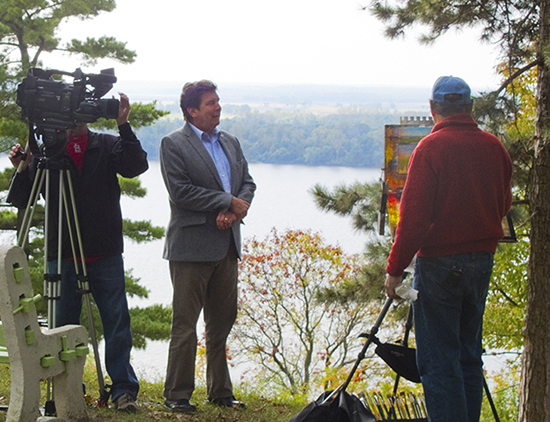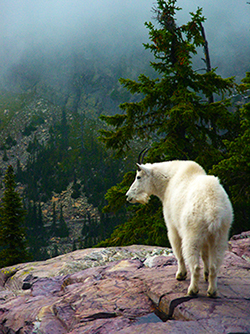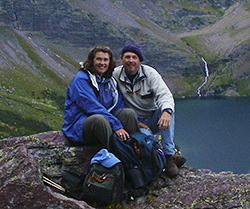Botanical Art and the Amazing Marianne NorthBotanical Art and the Amazing Marianne North
"I am a very wild bird, and like liberty." Before the invention of photography, botanical illustration was the only way to visually record scientifically accurate plant specimens. The artists who devoted themselves to this field had to be technically proficient in their medium as well as highly educated in horticulture. They also had to either have access to specimens to work from, or, the ability to travel to the locations of the plant species they were illustrating. Scientists, pharmacists and gardeners depended on these illustrations for plant identification and classification. In addition to their scientific value, many of these illustrations were beautiful paintings.
After spending several years painting in Japan, Borneo, Java, Ceylon and India, North returned to Britain and mounted an exhibition of her drawings and paintings in London. She then approached the Royal Botanic Gardens at Kew not only offering to donate her work, but to build a museum on the Kew property to house it. Her offer was accepted. She hired James Fergusson to design the gallery which was begun that same year.
For most people, that would have been the crowning touch on a career. However, Marianne North was an extraordinary person who possessed extraordinary drive and courage. She was just getting warmed up. On a suggestion from her friend Charles Darwin, she traveled to Australia and spent 1880 exploring and painting some of the rare plants of Australia and New Zealand. One of these, the shrub Raoulia eximia, or Australian Sheep, she took back to England as a gift for Darwin.
In 1882 her gallery at Kew was completed. She filled it with twenty years of her life and world travels—800 oil paintings! But that wasn't the end of her travels as an artist. In 1883 she painted in South Africa where she met the botanical artist Katharine Saunders. Upon her return to England, she opened a new gallery room at Kew to display her latest works. Her last trips, in 1884-85, took her to the Seychelles and Chile. Her health began to fail shortly after, forcing her to retire from her travels and take up residence in Alderley, Gloucestershire, where she died on August 30,1890.
More information about Marianne North is available in the book: Marianne North: A Very Intrepid Painter - Second Edition.
|
Become an Artist's Road Member Today!
Already a Member?Log in here. To renew your membership, log in and follow the links. Search the SitePerspectivesNot ready to become a Member yet? Subscribe to our free email postcards, "Perspectives". Enter your email address here.
Member ContentFree ContentThe Artist's Road StoreNocturnes - A Primer on Night Painting Filled with inspirational examples by the masters of nightime painting, this little book is sure to fire up your creative energies. Never tried painting at night? We show you how it's done with a step-by-step-oil demo and a tale of night painting in the wilds of Rocky Mountain National Park. The Primer on Night Painting - Nocturnes is a 7 x 7" PDF download with 40 pages of text and images. It includes a gallery of paintings by masters of the nocturne, information to inspire and encourage you in your plein air nocturne painting, an illustrated step-by-step demo and tips for working in pastel and oil. Also available in a softcover edition. Check out the tools and other products that we use in our own art and travels in The Artist's Road Store. We only offer things for sale that we enthusiastically believe in.
About Us
|
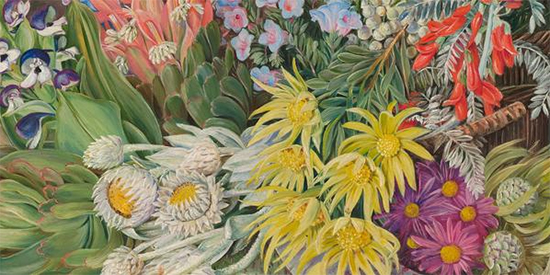
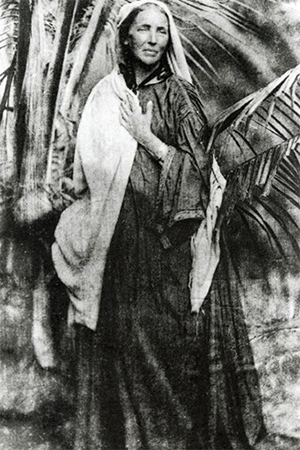 One extraordinary artist stands out in the botanical illustration world—Marianne North (1830 - 1890). She did not fit the traditional mould for a botanical illustrator and chose to create works that also broke into new territory. She was not trained in biology or illustration and was largely self-taught. She painted in oil at a time when, traditionally, most botanical illustrations were done in ink and watercolor. Usually, plants were depicted at eye level with a white background, but she chose to show her subjects in their natural environments and with colorful, thick use of pigment. These were revolutionary for botanical illustrations because they transcended mere scientific documentation and rose to the level of fine art.
One extraordinary artist stands out in the botanical illustration world—Marianne North (1830 - 1890). She did not fit the traditional mould for a botanical illustrator and chose to create works that also broke into new territory. She was not trained in biology or illustration and was largely self-taught. She painted in oil at a time when, traditionally, most botanical illustrations were done in ink and watercolor. Usually, plants were depicted at eye level with a white background, but she chose to show her subjects in their natural environments and with colorful, thick use of pigment. These were revolutionary for botanical illustrations because they transcended mere scientific documentation and rose to the level of fine art.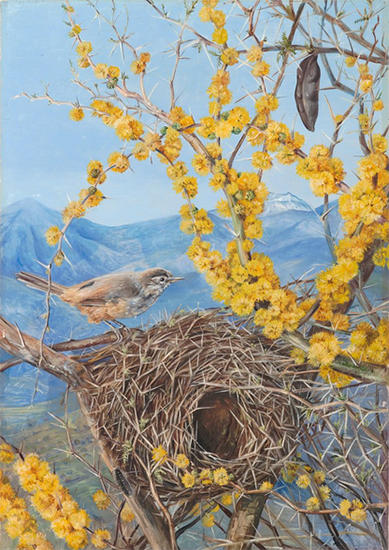
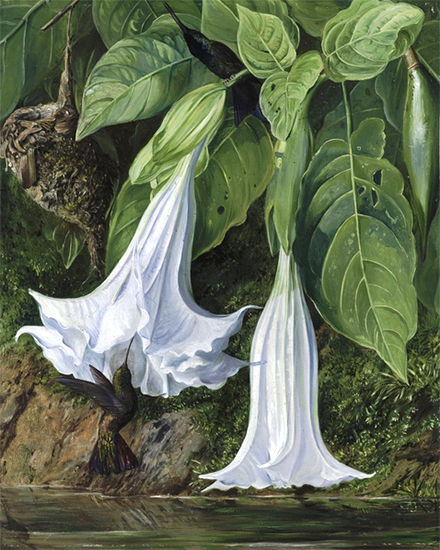
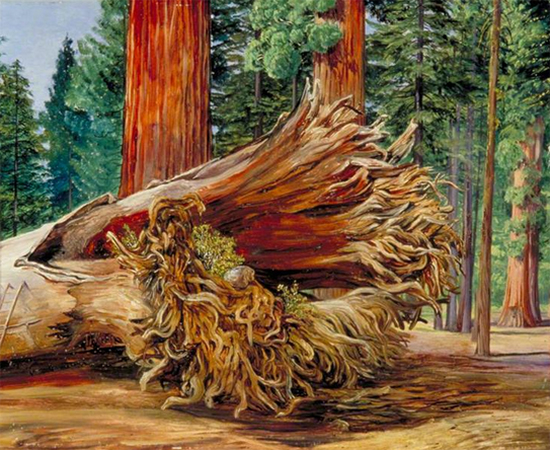
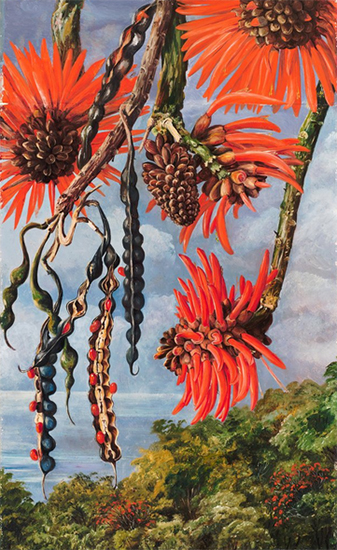
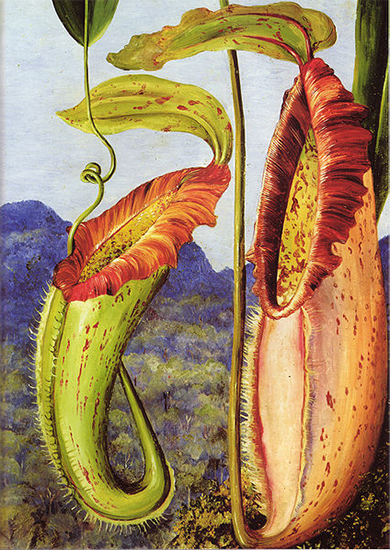
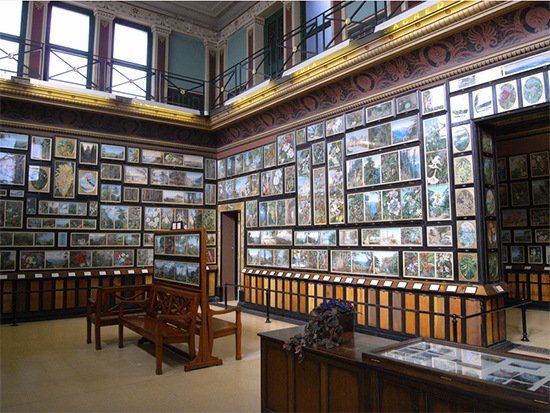

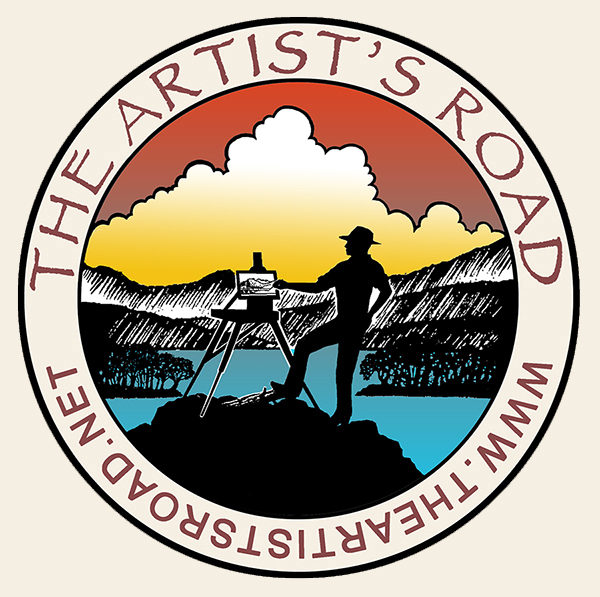
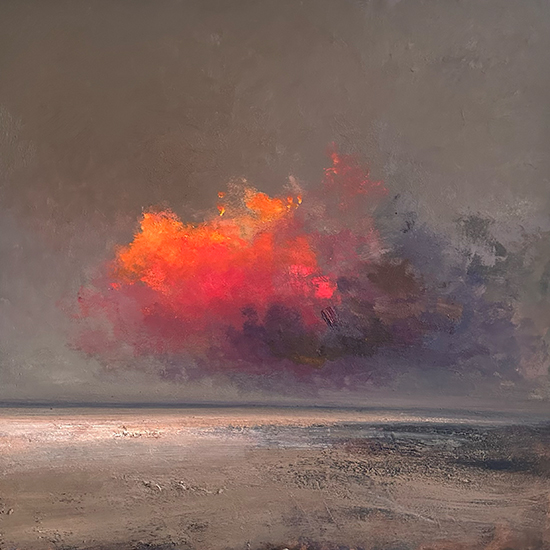 Voices of Experience:Richard K. Blades
Voices of Experience:Richard K. Blades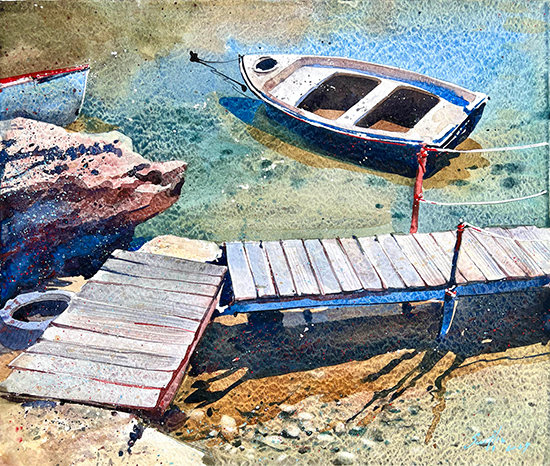
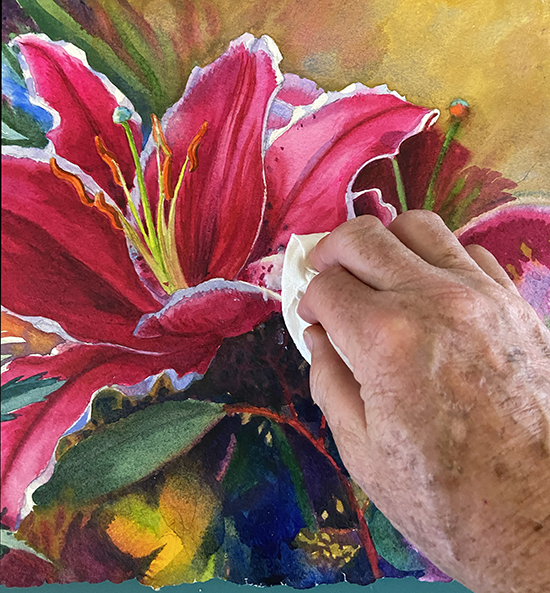 ing Watercolors
ing Watercolors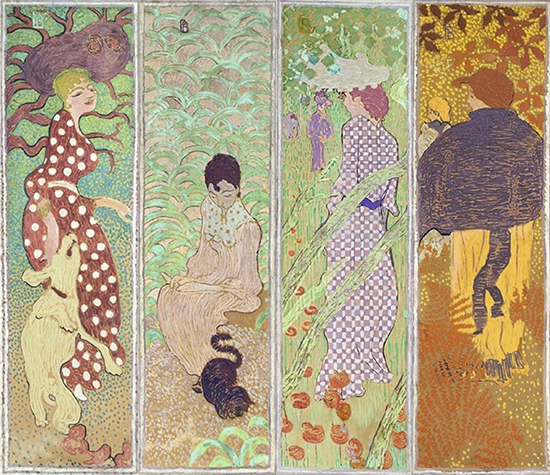
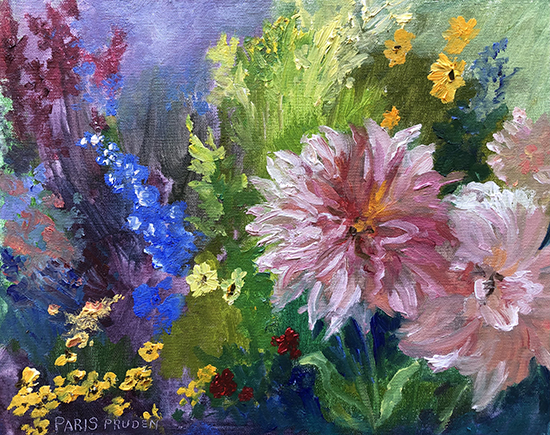
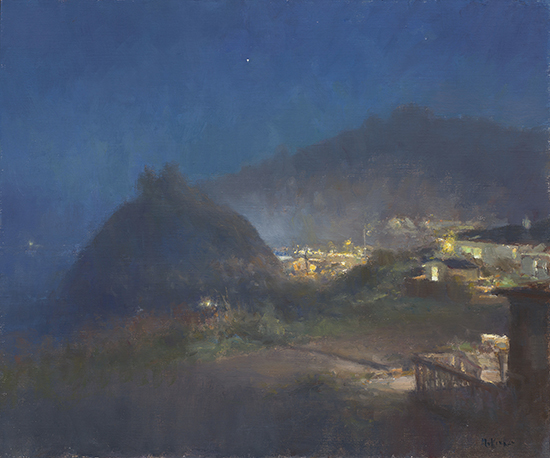 Nocturne Notes
Nocturne Notes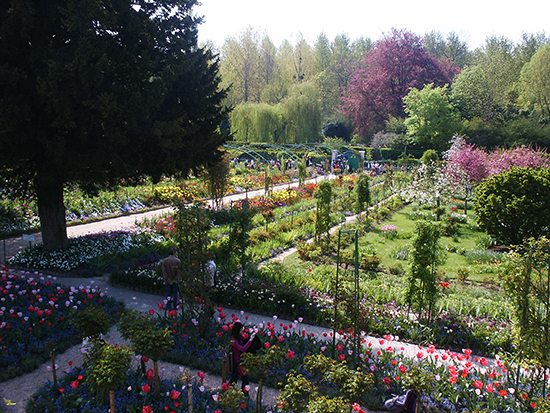 Inspiration in Monet's Gardens
Inspiration in Monet's Gardens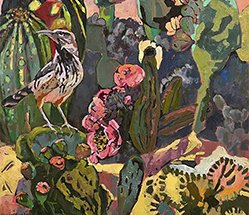
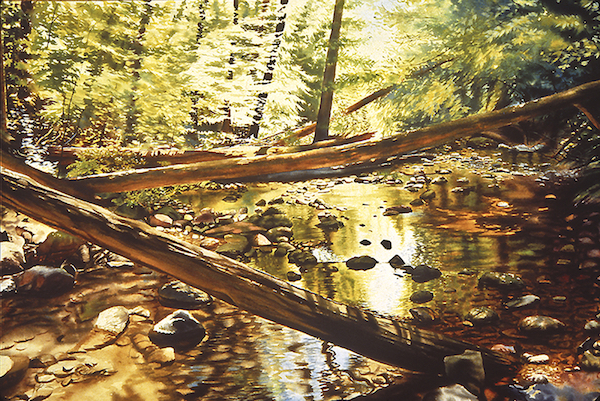 The Watercolor Medium
The Watercolor Medium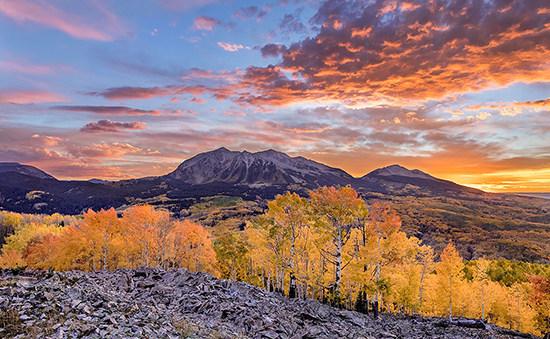
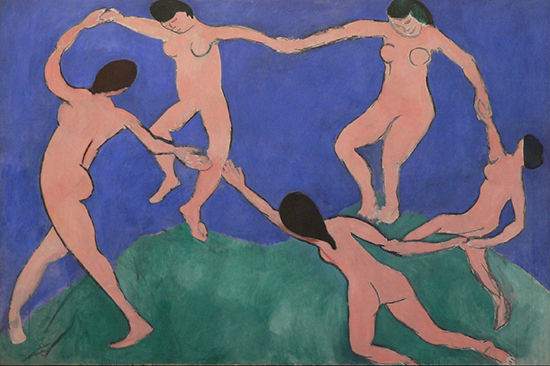 The Perspectives Archive
The Perspectives Archive